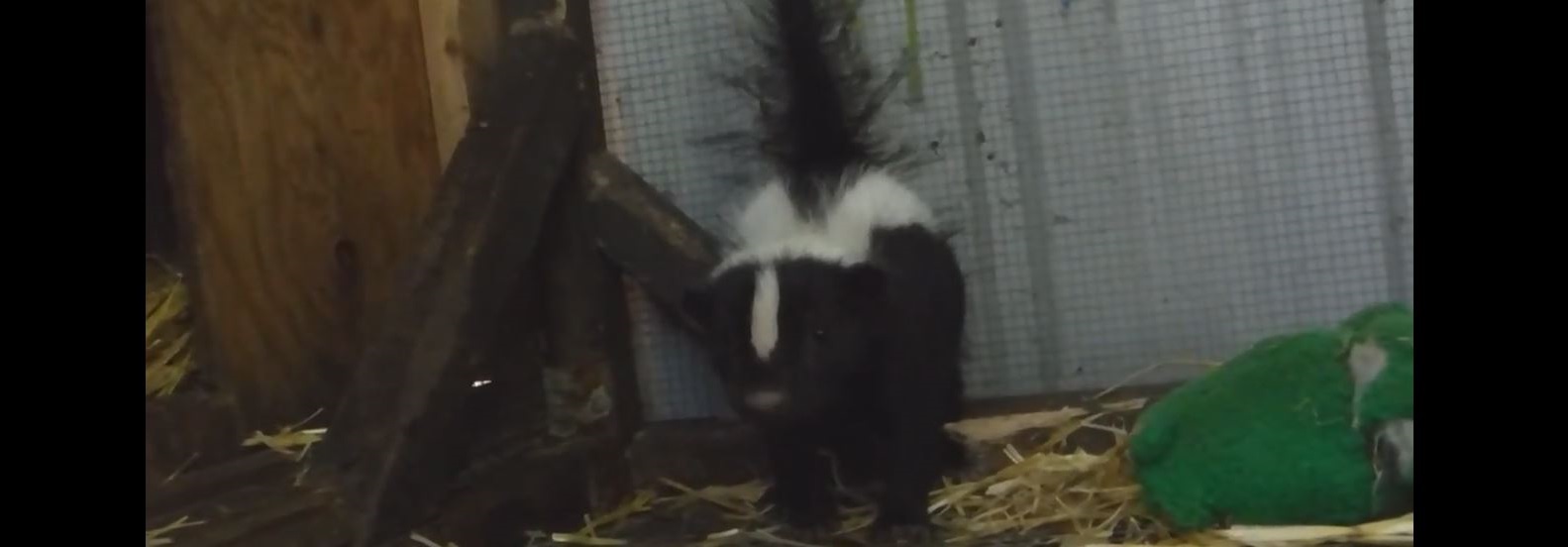Do skunks shed their fur?
While people can recognize a skunk, and know all about its stinky spray, they know very little about the habits of skunks. Skunks are actually very interesting creatures. Here are some fascinating facts that many people do not know about skunks.
There Latin name is Mephitidae, but they are also called polecats. The Native Americans believed that skunk were wise and featured them on totem poles. The gift or “medicine” offered by ‘little skunk” is the lesson of reputation and respect.
Four species of skunks currently inhabit North America. All known skunks live in the Americas, with one exception. The Asian stink badger lives in the Philippines and surrounding islands. The four American varieties of Skunk are:
• Eastern spotted skunk (Spilogale putorius)
• Hooded skunk (Mephitis macroura)
• Hog-nosed skunk (Conepatus leuconotus)
• Striped skunk (Mephitis mephitis, most common)
Skunks in the wild average 3 years of age. In captivity, they have been known to live more than twice that. They weigh 6-10 lbs, and are around 25”" long tail included. All skunks have muscled forelegs and razor sharp claws to make digging easy. Skunks are, by nature, highly adaptable.

Skunks are opportunistic eaters with wide diet. They eat most anything available, including other mammals, eggs, small birds, larvae, worms, reptiles, fruit and plants, amphibians, and even fish. They also enjoy pet food, your garden, and many kinds of trash. They prefer to roam around and eat at night making them nocturnal.
Skunks normally no travel more than a 2-mile radius from their dens, so you will most often find skunks living within 2 miles of good source of water source. Piles of brush, dead logs, hollow trees, or abandoned burrows make a perfect home for a skunk. They also like hiding under your porch or shed.
Skunks normally live alone because of their solitary nature, however during freezing winter months they may share a den with other animals for warmth. They do socialize briefly during their mating season April-June.
The act of spraying that stinky smell we all know about is not a skunk’s first line defense. When threatened a skunk will puff up, shake its tail, and stomp in an attempt to look fierce. If these methods do not work, only then will the skunk will then lift its tail and spray.
All Skunks shed their fur twice per year. In the fall a layer of downy soft fur falls out, and in the spring their longer thick winter coat drops out. A skunk actually sheds very little, far less than the average dog.
Skunks are very solitary and only socialize during their mating season, April- June.
Now about that smell we have all heard of!
When a Skunk threatened can release a powerful and noxious smell from their anal glands. Skunks will usually only attack in this manner if cornered or when defending their young.
Read the How to get rid of skunks page for helpful information and to learn more about Do skunks shed their fur?
Do skunks shed their fur?

